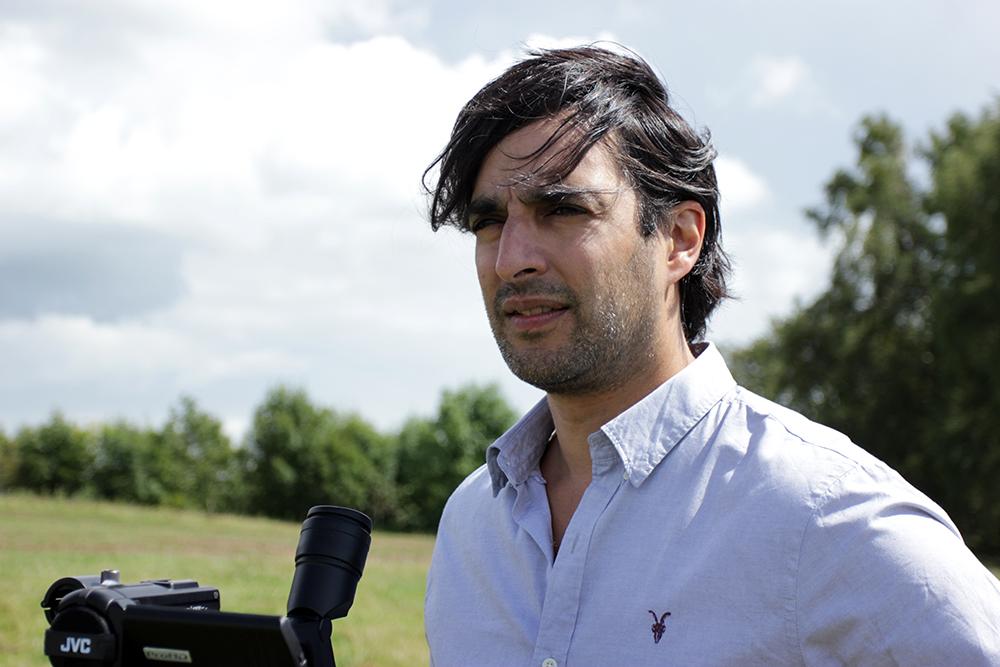Shirish Kulkarni is a former BBC, ITN and Sky News Journalist currently running media production company Monnow Media Ltd. His Clwstwr project, News Storytelling through Modular Journalism, will use developments in “modular” journalism to explore how stories can be told most effectively, created most efficiently and understood more comprehensively. Here, he talks about starting on an R&D journey and switching from journalist mode to researcher:
In the 20+ years that I’ve been a TV journalist, my biggest frustration has been the stale, formulaic nature of what we do. Our industry is hobbled by tired orthodoxies, restrictive group-think and a debilitating lack of diversity and openness.
However, working in TV news, you never get a chance to stop, think and reflect. In fact, that’s often seen as self-indulgent, lazy and pointless.
We need to be able to tell our stories in different ways – ones which help readers, listeners and viewers better understand the world and the way it’s changing. We need to find a way of doing that. That’s why I’m so excited to have won Clwstwr funding to carry out research into News Storytelling - to take the time to look more deeply at how we might do things differently, and produce news that genuinely connects with and engages audiences.
Switching from “News Journalist mode” into “Researcher mode” has been a fascinating, sometimes disconcerting, but ultimately exciting process. It feels strange to have deadlines that are weeks or months away, rather than minutes. I also need to remind myself that taking the time to think, rather than “do” is also important.
For example, I’ve been reading this week about Design Thinking - a process for creative problem solving which, crucially, is focussed on empathising with the needs of the people you’re creating content for. Too much of our current TV and online journalism is focussed on the narrow needs of journalists and their peers, with very little thought applied to actually helping viewers and readers understand the world we live in.
I’ve also started to realise that R&D can be a political process. I was fascinated by this article by Dr Rasmus Kleis Nielsen, Director of the Reuters Institute for the Study of Journalism. In it, he looks at the “Vanguards & Rearguards” in the journalism industry - the tension between those who want to innovate and those who are happy to continue with business as usual. It points out that, despite the obvious challenges faced by the industry, the “Rearguard” is remarkably broad, powerful and influential.
But of course it is.
As Rasmus Kleis Neilsen points out:
“The vanguard is full of women and more diverse. The rearguard full of white men like me.”
But of course it is.
If the system excludes you, fails to reflect your experience or meet your demands for equality, then of course you need to build something new that will meet those needs. If, on the other hand, the existing system privileges you, maintains your power and ensures that you get to define the overarching narratives, then of course you’d fight tooth and nail to protect that status quo.
The kind of change we need important and vital, but can only be achieved by stopping, thinking and coming up with something new and different. That’s not a luxury which is afforded to most journalists, but I’ve been lucky enough to be given that opportunity. I don’t intend to waste it.
Shirish will be blogging about his research work every week - you can keep up to date at medium.com/@shirishmonnow or on twitter: @ShirishMM

